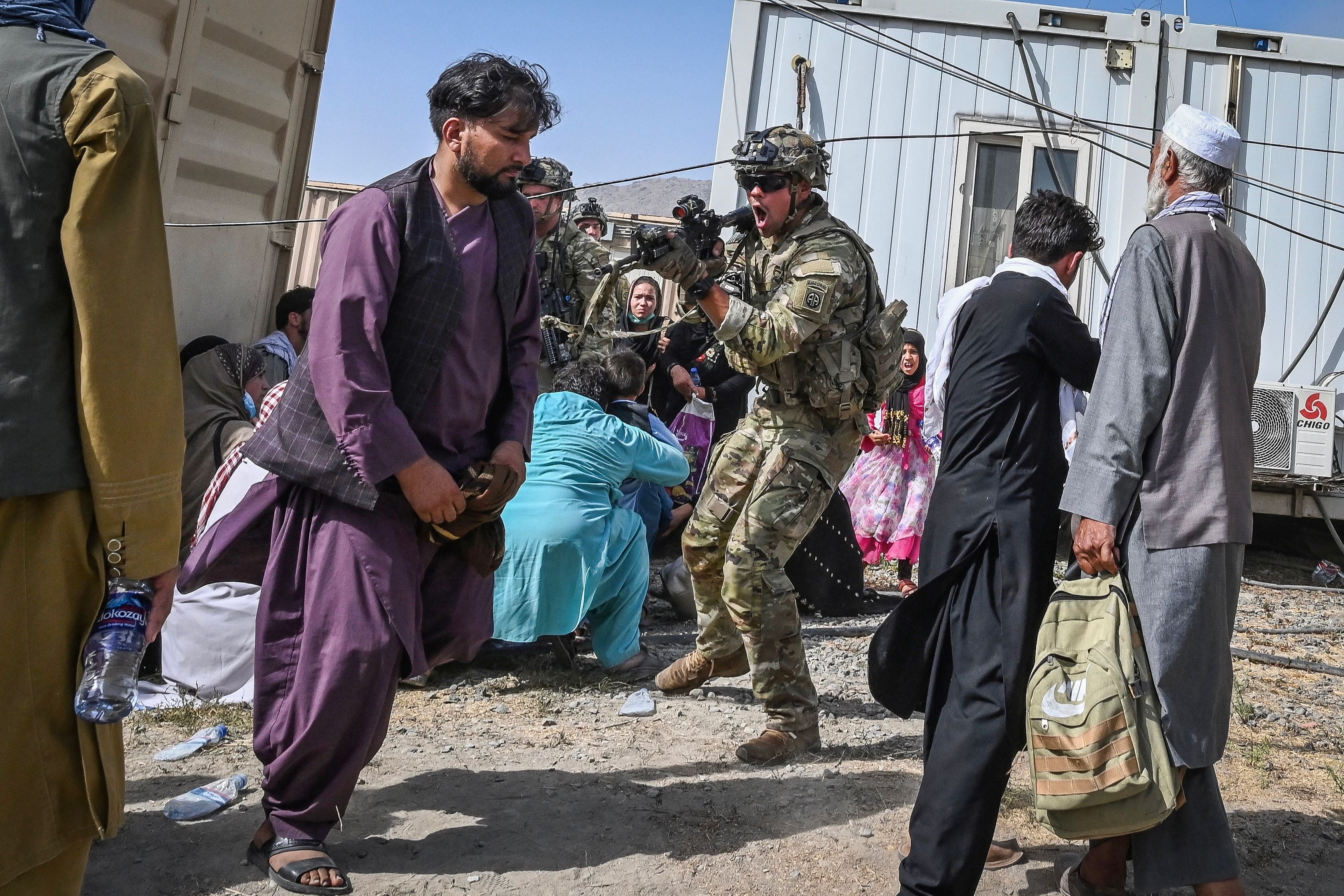A handful of U.S.-based units have been notified to prepare themselves for possible deployment in response to a Russian incursion into Ukraine, the Pentagon announced Monday.
The units, which were not named, have not been given orders to deploy, but to shorten their recall timelines in case NATO activates its response force, spokesman John Kirby told reporters.
“There’s not a mission, per se,” Kirby said. “This is about the secretary wanting to get ahead of the potential activation and making sure that these units have the time to prepare.”
For example, he said, some units that are already on a 10-day timeline would prep themselves to be ready in five days. None of the units on heightened alert are based in Europe, Kirby said.
The units are being notified, he added, and the Pentagon will have more info on them following that process.
Stateside, the U.S. maintains an Immediate Response Force, which includes the 82nd Airborne Division’s 1st Brigade Combat Team and supporting Air Force assets, designed for quick reactions.
Kirby described the troops as “brigade combat teams, logistics personnel, medical support, aviation support intelligence, surveillance and reconnaissance as well as transportation, and maybe even some additional capabilities after that.”
RELATED

The IRF first deployed to the Middle East in early 2020 after an attack on the U.S. embassy in Iraq. It also deployed to Afghanistan in August 2021, to secure Hamid Karzai International Airport as the U.S. completed a chaotic withdrawal from that country.
Roughly 8,500 troops would be activated to support the NATO Response Force, a multinational, 40,000-troop contingent tasked with responding to aggressive actions against NATO countries.
The U.S. will not deploy its forces unless the NRF is activated, Kirby said.
“This is about placing units on a heightened alert,” he said. “It does not mean that they’re going to be jumping on gray tails tomorrow and leaving.”
Aside from ramping up readiness of troops in the U.S., the Marine Corps “recently” sent an eight-Marine team with the Marine Security Augmentation Unit to beef up security at the embassy in Kyiv, a senior Marine Corps official told reporters on Monday.
The team, based out of Marine Corps Base Quantico, Virginia was first created in the wake of the attack 2012 attack on the U.S. mission in Benghazi, Libya and is designed to be a fast reaction force providing an immediate increase to embassy security.
In addition, not counted in the 8,500 troops on heightened readiness are nearly 5,000 Marines scheduled to head to Norway as part of a regular Marine rotation in the area.
The Marines from the Corps’ East Coast II Marine Expeditionary Force are scheduled to take part in Cold Response alongside Norwegian forces but could be used as part of a NATO response to Russian aggression.
“When we exercise, we send out combat capable forces to do those exercises,” a senior Marine Corps official told reporters on Monday.
“What we told the joint force is, if it would be useful, we could deploy that force faster if needed,” the official added.
So far, the Department of Defense has not taken the Marine Corps up on the offer, the official said.
Earlier on Monday, senior administration officials said that President Joe Biden was consulting with allies on possible deployments “to reinforce our NATO eastern flank allies.”
But White House press secretary Jen Psaki emphasized that no final decisions have yet been made on a military response to Russian aggression in the region.
“We’ve never ruled out the option of providing assistance or additional systems in advance of an invasion [by Russia],” she said. “Those discussions have been ongoing with our partners. And certainly, that’s been part of our contingency planning.”
Pskai said White House officials have been in constant contact with congressional leaders on the latest developments in Ukraine, and possible military response or sanctions in the region.
On Sunday, State Department officials ordered family members of U.S. embassy personnel in the Ukrainian capital of Kyiv to leave the country amid increasing concerns about a potential Russian invasion.
Psaki characterized that move as “similar to what we did in Ethiopia, Kazakhstan, and many other countries over the course of the last several decades.” But she insisted that “there is not an intention or a plan for any military evacuation.”
Biden was scheduled to hold a secure video call with European leaders on the issue of Ukraine later Monday afternoon.
Invitees included President Emmanuel Macron of France, Chancellor Olaf Scholz of Germany, Prime Minister Mario Draghi of Italy, NATO Secretary General Jens Stoltenberg, President Andrzej Duda of Poland, and Prime Minister Boris Johnson of the United Kingdom, among others.
“I don’t think I don’t think anybody wants to see another war and the European continent, and there’s no reason why that has to occur,” Kirby said. “This can be solved very easily by the Russians de-escalating ... by moving some of these forces away, which they haven’t done.”
Editor’s note: This story has been updated to correct the Marine Corps unit scheduled to take part in Cold Response.
Meghann Myers is the Pentagon bureau chief at Military Times. She covers operations, policy, personnel, leadership and other issues affecting service members.
Leo covers Congress, Veterans Affairs and the White House for Military Times. He has covered Washington, D.C. since 2004, focusing on military personnel and veterans policies. His work has earned numerous honors, including a 2009 Polk award, a 2010 National Headliner Award, the IAVA Leadership in Journalism award and the VFW News Media award.





